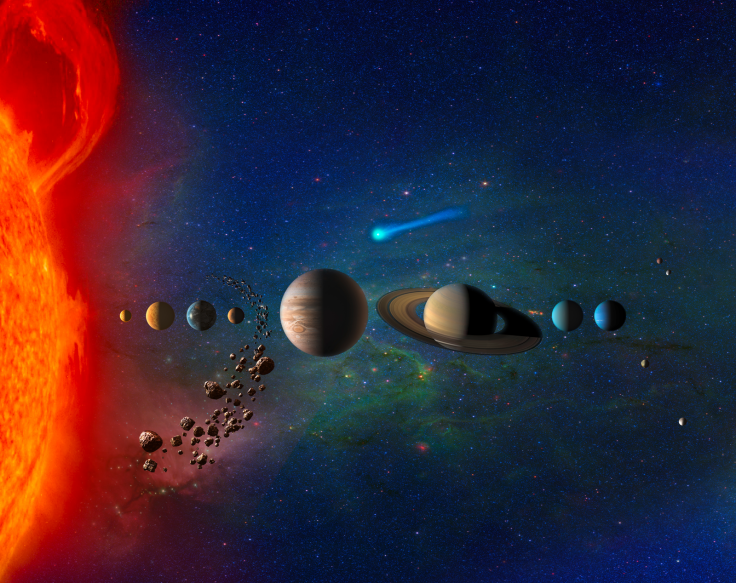NASA Looking At Four Possible Missions To Study Our Solar System
KEY POINTS
- NASA's Discovery Program invites experts to submit mission proposals
- The four chosen proposals will each receive $3 million for development
- The proposed missions aim to explore Venus and the moons Io and Triton
- NASA could choose to continue the development of up to two of the missions
NASA’s Discovery Program invites engineers and scientists to create teams and design new ways of unlocking the mysteries of the solar system. On Feb. 14, NASA announced that it has selected four Discovery Program investigations that may possibly be selected to be official NASA missions.
The four selected proposals are DAVINCI+ (Deep Atmosphere Venus Investigation of Noble Gases, Chemistry and Imaging Plus), IVO (Io Volcano Observer), TRIDENT and VERITAS (Venus Emissivity, Radio Science InSAR, Topography, and Spectroscopy), each of which focuses on a particular aspect of our solar system.
DAVINCI+, for instance, will analyze the atmosphere of Venus so as to understand how it formed and evolved as well as to determine whether it ever had an ocean. The instruments for the proposed mission will be covered in descent spheres that will protect them from the planet’s harsh atmosphere and intense environment. The last American-led in-situ mission to Venus was in 1978.
Similarly, VERITAS will also explore Venus, with the main goal of understanding why our neighbor developed differently than the Earth and, determining its geologic history. Unlike DAVINCI+, however, VERITAS will be sending a radar to chart nearly the entire surface of the planet.
The two other missions, IVO and TRIDENT, are both focusing on moons instead, with IVO exploring Jupiter’s Io and Trident exploring Neptune’s Triton. For the IVO mission, the goal is to understand how tidal forces shape planetary bodies. TRIDENT, on the other hand, aims to explore Triton to understand how habitable worlds may develop at tremendous distances from the Sun.
These four proposed missions were chosen from submissions made in 2019. Each of them will receive $3 million to develop and mature the concepts and, eventually create a Concept Study Report. After evaluations, NASA may choose to continue to develop up to two of the missions
“These selected missions have the potential to transform our understanding of some of the solar system's most active and complex worlds,” associate administrator of NASA's Science Mission Directorate, Thomas Zurbuchen, said. “Exploring any one of these celestial bodies will help unlock the secrets of how it, and others like it, came to be in the cosmos.”
Since it was established in 1992, NASA's Discovery Program has helped develop and implement over 20 missions and instruments. The final selection from the four proposed missions will be made next year.

© Copyright IBTimes 2024. All rights reserved.












